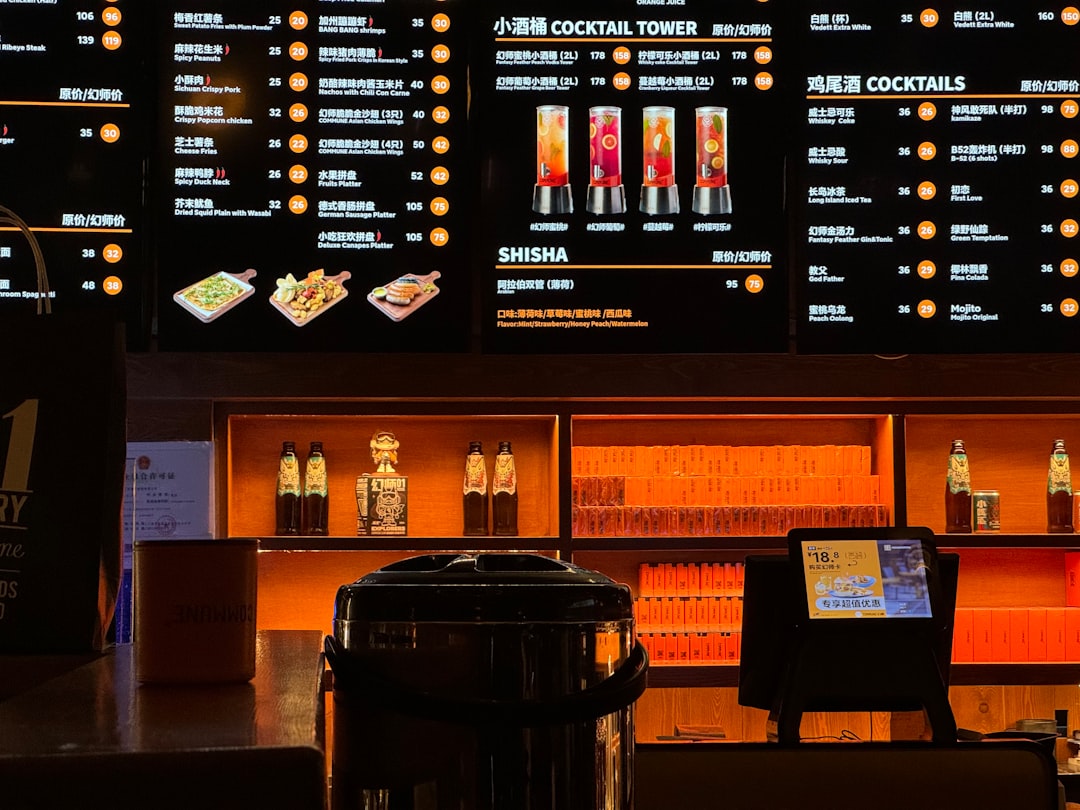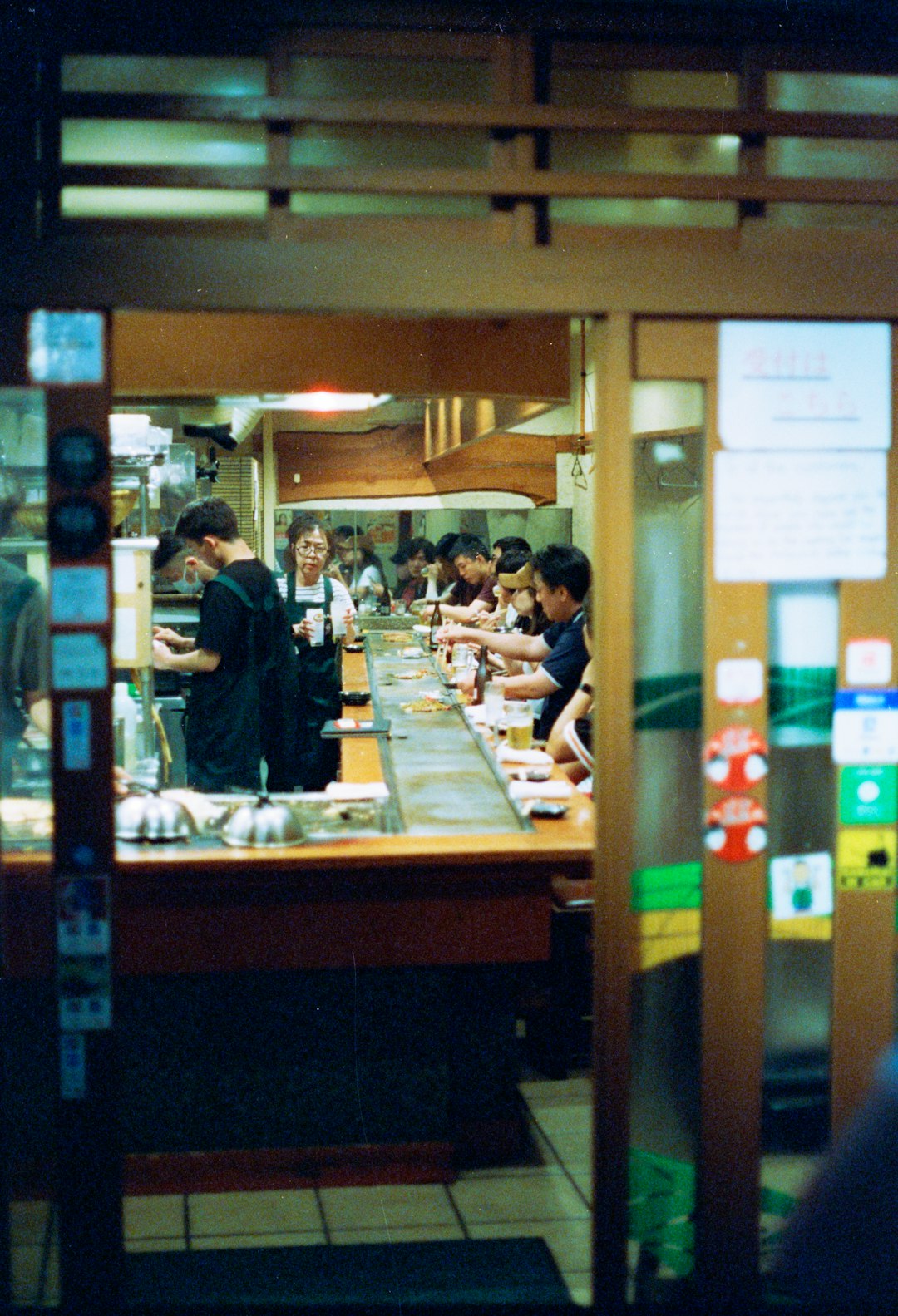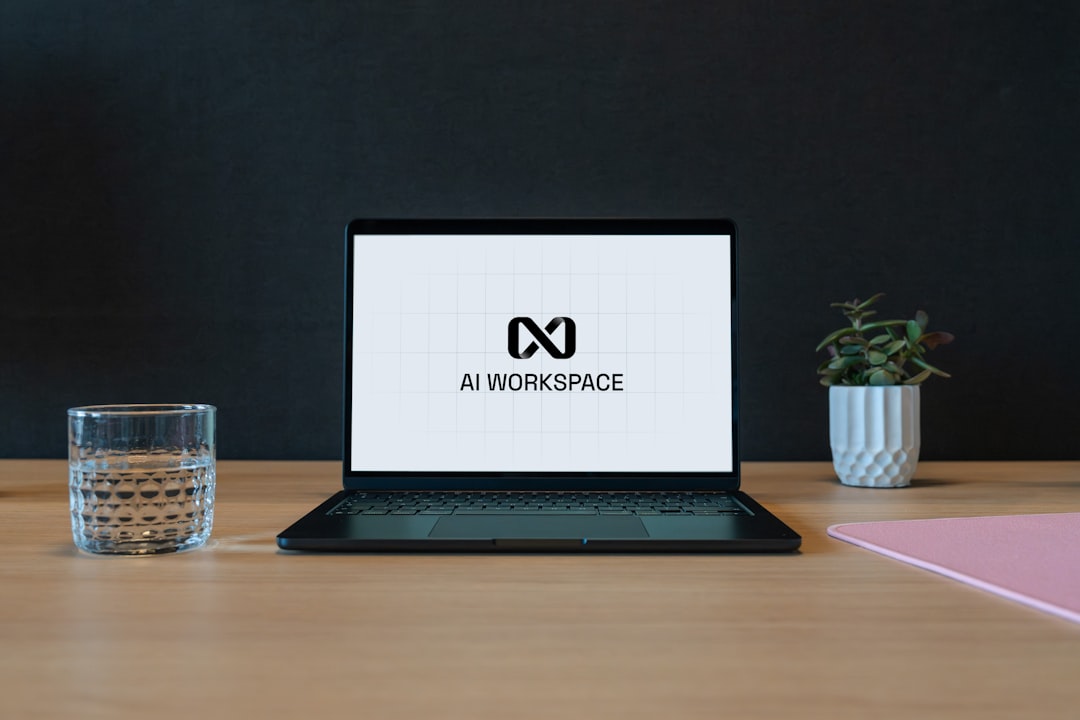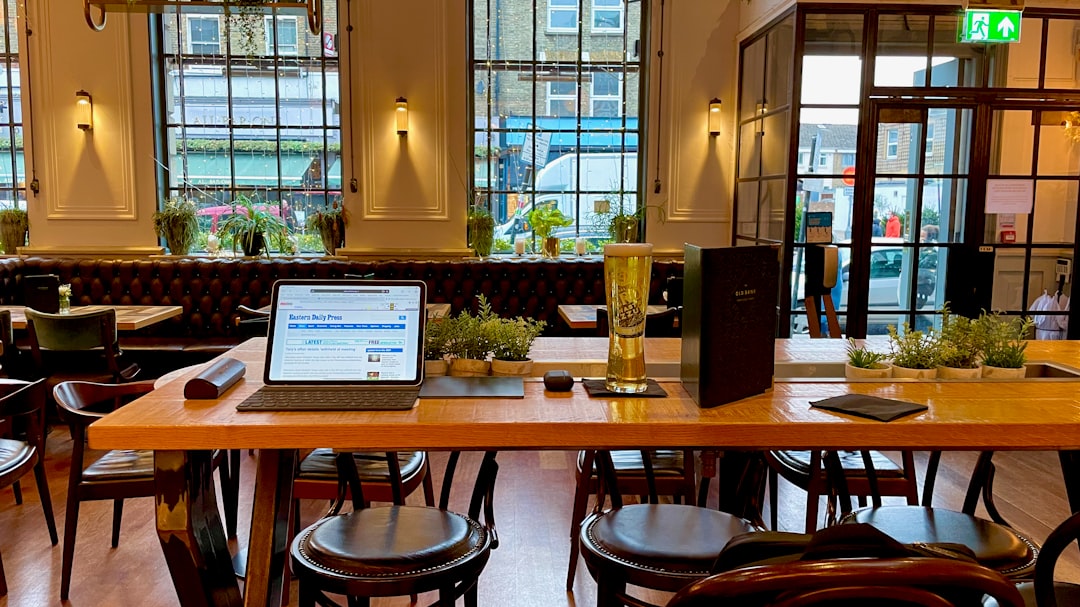In the fast-paced world of dining, efficiency is everything. Gone are the days when managing restaurant tables, reservations, and customer preferences could be handled with a paper pad and sheer memory. Today, restaurant management systems (RMS) are not just a convenience—they’re a necessity. These platforms have revolutionized the hospitality industry by streamlining operations, improving service speed, and significantly increasing revenues. In fact, studies have found that adopting an RMS can boost table turnover and increase overall revenue by up to 35%.
The Importance of Table Turnover in Restaurant Success
Table turnover—the rate at which a table is occupied, served, and then cleared for the next guest—is a crucial performance metric in restaurants. The faster the turnover (without compromising customer satisfaction), the more revenue a restaurant can generate in a limited time window, especially during peak hours.
Here’s why optimizing table turnover matters:
- Increased revenue: More guests served per hour translates directly to more sales.
- Improved customer satisfaction: Reduced waiting times make for a more pleasant dining experience.
- Operational efficiency: Staff can manage guest flow better, reducing bottlenecks in service.
An efficient RMS can help restaurateurs tackle the many variables that affect table turnover, from slow service to miscommunication between front-of-house and kitchen staff.
How Restaurant Management Systems Improve Table Turnover
Restaurant management systems are comprehensive digital tools designed to manage bookings, queue flow, staff assignments, kitchen orders, and even guest preferences. These systems offer a range of features that contribute directly to faster and more efficient table turnover:
- Automated Reservations and Seating: RMS platforms allow guests to book tables online and receive instant confirmation. This eliminates confusion at the hostess stand and reduces wait times.
- Real-Time Table Tracking: Managers can see which tables are occupied, which are about to be cleared, and which are free—all in real-time. This enhances decision-making and speeds up turnover.
- Integrated POS and Order Management: Orders are transmitted instantly to the kitchen, reducing latency between placing and receiving food. Bills can be generated and paid more quickly, with less manual input.

Predictive Analytics and Smart Scheduling
Modern RMS platforms are equipped with predictive analytics, which can forecast foot traffic and suggest optimal staff scheduling based on historical data. When staff coverage aligns with busy periods:
- Service is quicker and more efficient
- Tables are cleaned and reset faster
- Kitchen operations become more predictable and streamlined
With smart scheduling, there’s no need for guesswork. Better staffing leads to better service and quicker table turnover, especially during lunch and dinner rushes.
Enhancing Communication Between FOH and BOH
One of the key causes of delays in restaurants is poor communication between front-of-house (FOH) staff and back-of-house (BOH) teams. Traditional handwritten tickets or verbal relays can result in confusion, lost orders, and delays. An RMS bridges that gap with a closed-loop system where:
- Orders are entered electronically and instantly visible in the kitchen
- Kitchen staff can update order statuses in real time
- Servers can be notified when dishes are ready, expediting delivery to customers
This closed communication loop means fewer mistakes, faster service, and happier guests, all of which contribute to speedier turnover and increased revenue.

Minimizing No-Shows and Wait Times
No-shows can disrupt scheduling and reduce restaurant profitability. An RMS with automated reminders and confirmation systems significantly reduces absenteeism by sending guests timely notifications via text or email. If a guest fails to confirm, the platform can automatically release the table for walk-ins or other reservations.
Additionally, some RMS platforms offer advanced waitlist management features where walk-in guests can:
- Join a digital waitlist
- Receive real-time updates on wait times
- Be paged via SMS when their table is ready
This reduces lobby congestion and improves guest satisfaction as they can wait comfortably or even nearby instead of crowding the entrance.
The Financial Impact: Up to 35% Increase in Revenue
It’s not just about flipping tables faster—though that certainly helps. The real power of an integrated RMS lies in how it boosts overall efficiency, enabling restaurants to serve more guests without compromising service quality. Here’s how these time savings translate into dollars:
- Higher table turnover rates: More orders per hour equals more revenue per shift.
- Upselling opportunities: Servers have access to customer order history and preferences through the RMS, allowing for personalized recommendations.
- Increased customer retention: Positive experiences encourage repeat visits and referrals.
According to industry insights, restaurants that implement a fully integrated RMS model have reported revenue increases of 30-35% within the first year of adoption, depending on the size and format of the establishment.
Real-World Incentives and Testimonials
Example: A mid-sized urban bistro saw dramatic results after implementing an RMS. Previously struggling with 15-minute average wait times and a nightly no-show rate of 12%, the restaurant adopted a cloud-based reservation and table management platform. Within three months:
- Table turnover increased by 22%
- No-shows dropped to 4%
- Monthly revenue grew by 28%
The restaurant’s manager noted, “We thought tech would complicate things, but it actually made running the floor smoother. Guests are seated faster, orders are faster out the door, and so is payment.”
The Future: AI in Restaurant Management
Artificial Intelligence is the next frontier in restaurant optimization. Some advanced RMS platforms are already using AI to:
- Identify bottlenecks in real-time
- Analyze customer sentiment through feedback forms and reviews
- Recommend menu adjustments based on popularity and preparation time
These AI-driven insights can fine-tune operations further, helping restaurants not only flip tables faster but also operate more profitably and sustainably.

Conclusion: Investing in Efficiency and Profitability
Restaurant management systems are game changers in today’s highly competitive foodservice environment. By cutting down on manual processes, reducing wait times, improving kitchen and floor coordination, and enhancing customer experience, these systems help restaurants turn tables faster—often by 10 to 20 minutes per visit. Over the course of a day or a week, that adds up to dozens more diners served and tens of thousands more in income each year.
If you’re serious about improving your restaurant’s performance, increasing customer satisfaction, and maximizing profit margins, implementing a robust restaurant management system is an investment you can’t afford to skip. The numbers—and the smiles of satisfied customers—speak for themselves.



